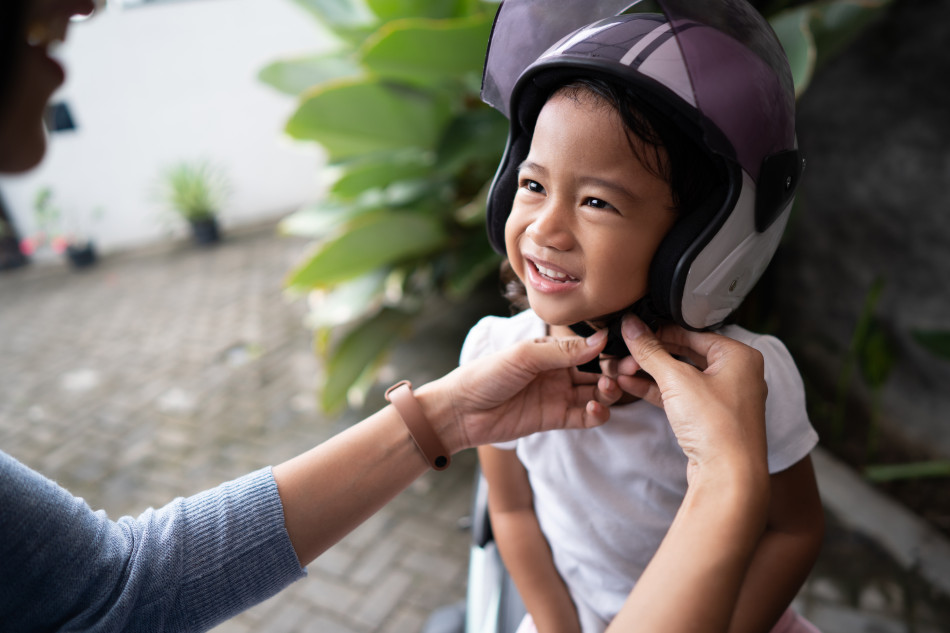AIP Foundation launches new standard for child helmet design and wearing
The AIP Foundation has launched a new Child Helmet Standard for Two-Wheel Motorised Vehicles, in collaboration with the Global Helmet Vaccine Initiative (GHVI), FIA Foundation and Galeatus.

The new standard – Global Child Helmet Standard for Two-Wheel Motorized Vehicles (GCHS1:2025) - sets out clear expectations on how helmets should be designed for and worn by children.
It fills a critical safety gap, as there were previously no global, established standards on helmet wearing and design for children. This standard can be easily implemented alongside existing measures, as required tests can be performed at most laboratories involved in motorcycle helmet testing.
Greig Craft, President of the AIP Foundation, said: “Children are among the most vulnerable road users, especially in low- and middle-income countries where motorcycles are the primary mode of family transportation. The introduction of the Global Child Helmet Standard is a long-overdue milestone that will help reduce preventable injuries and fatalities among young passengers worldwide.”
Every day, more than 500 children lose their lives in road crashes worldwide, making road traffic injuries the leading cause of death for children aged 5-29 years (WHO, 2023 – based on 2019 data). Motorcycle-related head injuries are a major contributor to child fatalities and disabilities. Users of powered two-wheelers still account for 21% of road crash injuries and deaths (WHO, 2023), yet studies show that wearing a helmet can reduce the risk of severe head injury by 69% and the likelihood of fatality by 42%. Strengthening high quality helmet use and road safety measures is critical to saving lives.
The standard was launched at the 4th Global Ministerial Conference on Road Safety. The event took place in Marrakech and was attended by the FIA, alongside more than 70 delegates representing over 45 of its Member Clubs from 42 countries.
At the event, AIP Foundation urged governments, policymakers, and industry leaders to adopt the standard, and to help make a difference to the lives of young people around the globe.

 Facebook
Facebook Twitter
Twitter






